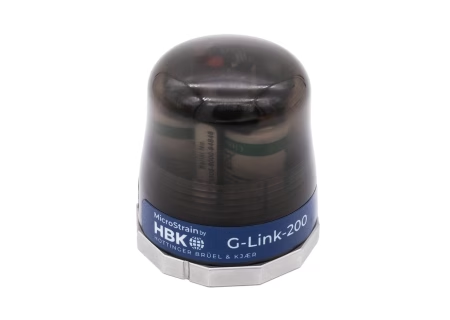Welcome to our deep dive into the world of MicroStrain by HBK wireless sensors. In this blog article, we’ll walk you through the ins and outs of setting up your own MicroStrain by HBK wireless sensor network, so you’re equipped with everything you need to know to about this cutting-edge technology.
Understanding MicroStrain by HBK Wireless Sensors
MicroStrain by HBK wireless sensors are known for their robustness and versatility. They are a go-to sensor for professionals in need of reliable data collection. Whether you’re monitoring temperature, vibration, or any number of environmental variables, MicroStrain by HBK sensors are designed to deliver precise, real-time data wirelessly. They are often a top choice for various sectors thanks to their ease of use and diverse applications.
What to Consider Before Setting Up Your Wireless Sensor Network
Defining the purpose of your sensor network is one of the first things to consider when you’re choosing wireless sensors. Are you tracking environmental conditions in a warehouse or monitoring structural health of a bridge? Each application has unique requirements. As a result, it’s important to consider your environment. Other things to consider include range, interference, and physical barriers. A lot of sectors to turn to MicroStrain by HBK’s range of wireless sensors because of the options they offer, the fact that they are great in a variety of settings, their reliability and range.
Setting Up Your Wireless Sensor Network
Installing MicroStrain by HBK sensors is straightforward but requires attention to detail. One of the key things to look out for is positioning. It’s important to think strategically about your sensor placement in order to obtain optimal data collection. Other factors to consider include ensuring a steady power supply, choosing the right coverage and range, accounting for environmental factors such as temperature, humidity and exposure to water or chemicals, avoiding line of sight or obstructions, choosing well thought out data collection points with easy accessibility and more. Taking these considerations into account will ensure optimal performance and data accuracy and help you determine the size of your wireless network system along with what sensors to choose for your environment.
Software and Configuration
Once you’ve chosen and installed the right hardware, it’s time to get digital. MicroStrain by HBK sensors come with user-friendly software that make configuration a breeze. Simply pair each sensor with your network, set up data parameters, and define how you want to receive alerts. MicroStrain by HBK sensors and their software allow you to customise your network to suit your specific data needs.
Testing and Troubleshooting
After setup, testing is crucial. Make sure you run your system through various scenarios to ensure it’s working as expected. It’s important to remember that most problems in wireless sensor networks are common and usually involve an easy fix. Make sure to check for things like signal interference or power issues. MicroStrain by HBK’s comprehensive troubleshooting guides for quick fixes are also a great resource to turn to. Finally, our team here, at Metromatics, is always a quick phone call away to help you get your system back up and running.
Advanced Configurations and Customisation
MicroStrain by HBK sensors also offer plenty of advanced configurations. They allow users to integrate their sensors with other IoT platforms, scale up networks, or dive into custom firmware options. If this is something you’re looking to achieve our range of MicroStrain by HBK wireless sensors should be considered. Furthermore, our team is always here to help should you need assistance setting up something a more advanced configuration.
Contact Us regarding the Setup Guide MicroStrain by HBK Wireless Sensor Network
MicroStrain by HBK wireless sensors are great for a variety of applications from monitoring climate conditions in agriculture to ensuring safety in industrial settings. If you would like to explore our range of MicroStrain by HBK’s wireless sensors, please click here. Alternatively, our team is always here to help, and can walk you through the setup guide for MicroStrain by HBK Wireless Sensor Network should you have any questions.
